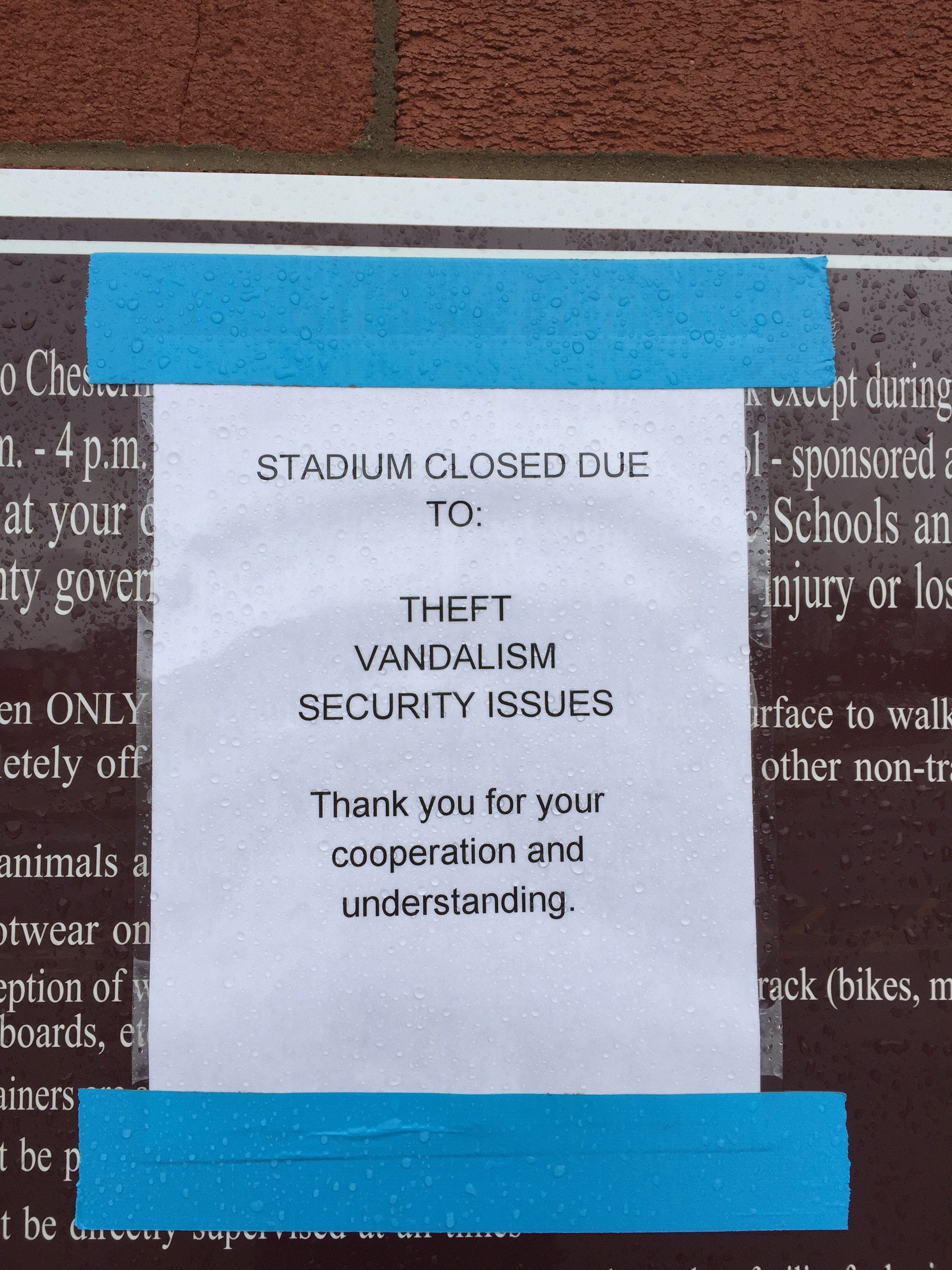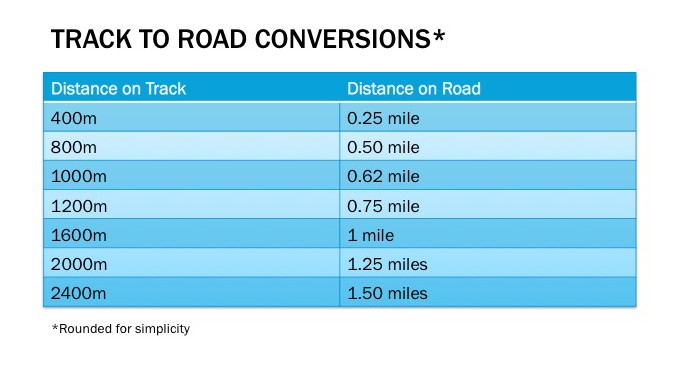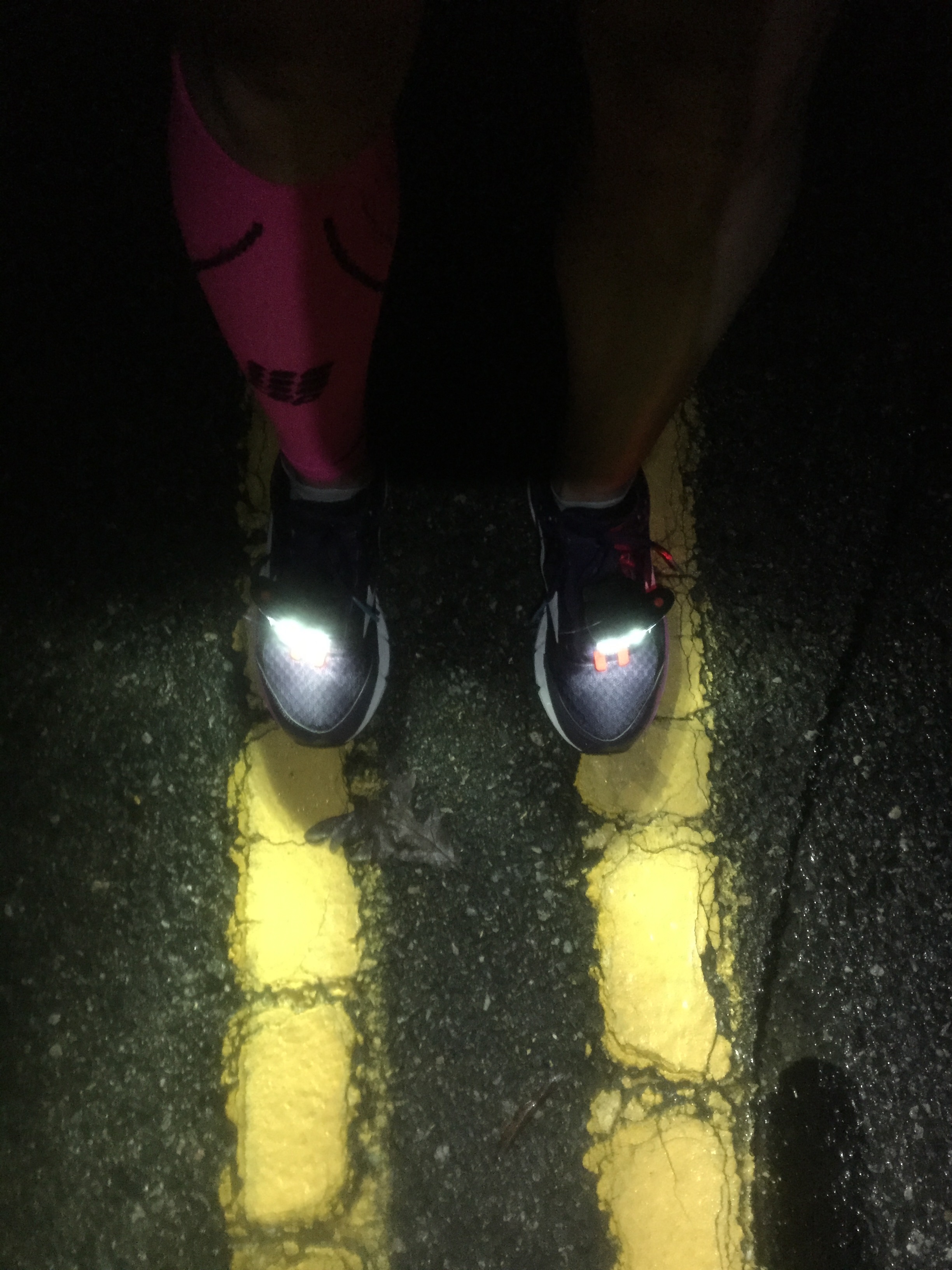Strength Is The Product Of Struggle
/A good day - 4th place female at the Colonial Half Marathon
Hello? Hello? It's been quiet on this blog lately, but not on purpose. Some training seasons seem to move along so fluidly - a building crescendo of workouts capped by an amazing race. And other seasons are full of stops and starts, sputtering along as you try to cobble together the workouts needed to move you forward. I'll let you guess as to which season I'm experiencing. :)
I hadn't planned on taking such a long absence from writing here but I found that every time I sat down at the keyboard to type, I had negative post after negative post swirling around in my head. And I felt...very unlike myself. I consider myself a fairly positive person, but I have struggled these past few months and I didn't want to commit all those negative thoughts to blogging history. It's been a bit of a roller coaster ride over here. I'd have a great week of workouts where I'd finally feel like I was seeing progress (tempo miles in the 6:30s!) - followed immediately by a disaster of a week where I'd bomb both quality workouts I attempted. I tackled a tough, hilly beast of a race that I used as a great workout (Colonial Half Marathon - 4th female overall), followed by a minor calf strain that cropped up on the first workout after the race. :-(
Stop. Start. Stop. Start. Days of cross-training followed by a few runs back, followed by a few more days of cross training. It's been tough to make plans for any spring races with the ups and downs that this particular season of life has dished out. But in the spirit of Lent and Easter, I've been putting more effort into two things: 1) Being grateful and 2) letting go.
On Letting Go:
I have always been pretty type-A. I like having control, I like checking off each workout on my schedule as I complete it, and I HATE when anything (weather, sickness, injury, etc.) derails my well-laid plans. I STRUGGLE with "letting go" and giving up my illusion of control. But what I'm learning is just that: that it's an ILLUSION of control. I'll never be as in control as I'd like to be - especially in running. There are too many variables, and the body is such an amazing, complex miracle that we can never predict exactly how things will go. All we can do is work to treat our bodies like the gifts they are, and honor them when they need extra care. I must admit I've felt a bit betrayed by my body this season - I lowered my mileage significantly in order to add (just a little!!) extra quality, but I have still had to work through more than a few setbacks. But I've also learned a few things about myself - both as a person, and as a runner. And that's the strength that comes from the struggle. I've spent some time with sports psychologist Mike Cerrato (ATalentedMind.com) working on my mental fitness, and he's made me be more proactive about catching negative thought spirals early and replacing them with positive thoughts (i.e. replacing "My calf hurts again - I'm NEVER going to get back to running marathon pace successfully" with "I'm going to use this cross-training time to work on things I CAN improve - my upper body strength and my nutrition - and I will come back a better athlete for it.") can go a long way towards helping me keep my spirits high.
On Being Grateful:
Grateful for these two little ladybugs!
I've mentioned it before, but it's a provenfact that grateful people are happier people. As I've been working through all of the ups and downs this season, I've started to include at least one line in my training log about what I'm grateful for that day. If I've gotten to run, or complete a workout, it's easy: I'm so grateful for that!!! But even if I'm on the elliptical again and missing my Saturday running group, I can always find something to be grateful for - my friends, my family, the ability to take (and teach) my BodyPump weightlifting class, the smiles on the faces of my daughters as they see that the Leprechaun left them Lucky Charms for breakfast on St. Patrick's Day. You get the idea. The practice has been helpful to remind me that while I may not be where I'd like to be in terms of running fitness, I've got so many other good things happening in my life. I'm hoping to be one of those little old ladies still running around when I'm 85 (I'm going to clean up on age group awards!!! :-)), so this particular season of stops and starts will hopefully be just one of many, many more seasons of running to come.
In the meantime, I'm going to do my best to enjoy running when I can run, and being grateful for the other awesome stuff in my life when I'm wildly flinging my arms and legs about on the elliptical.
Once I've figured out if my calf strain is officially on the mend, I'll be back to write about some upcoming spring and summer races and my next adventures!












